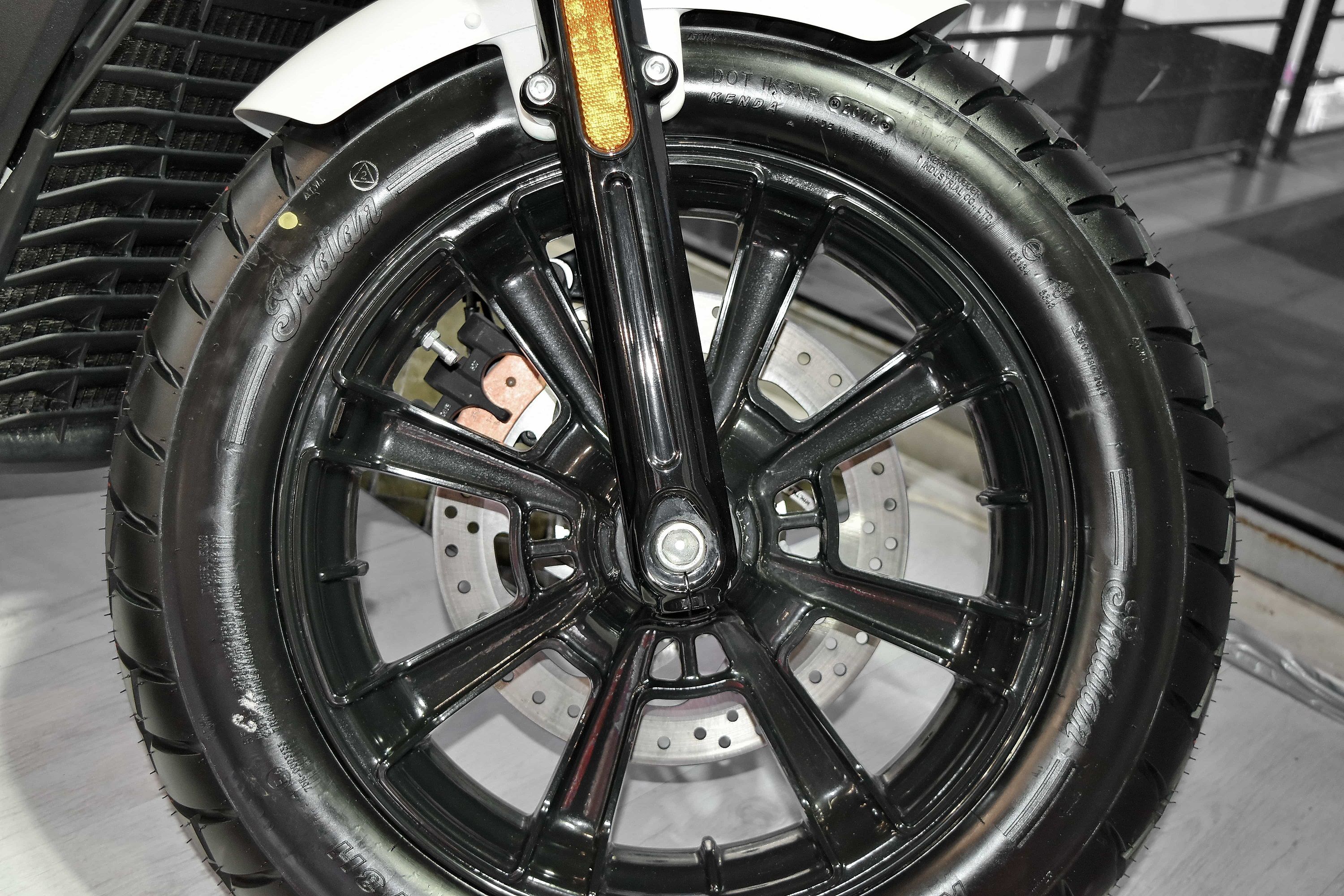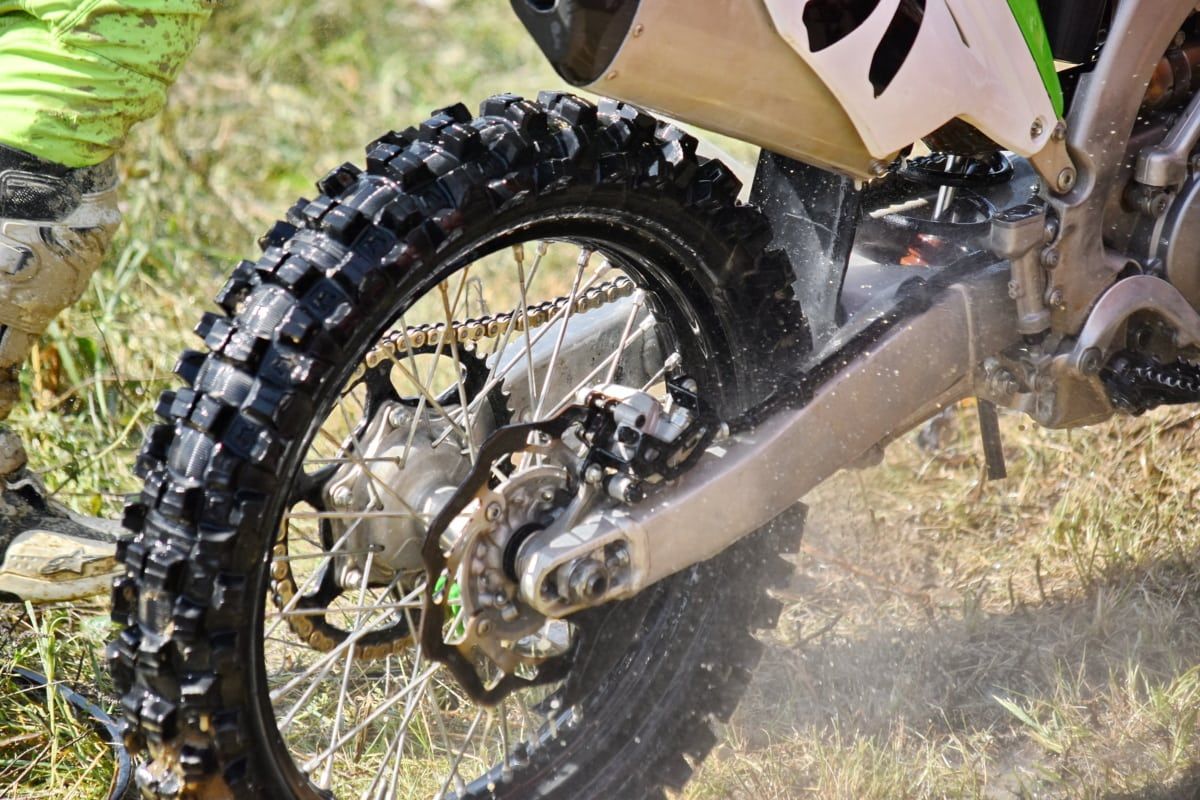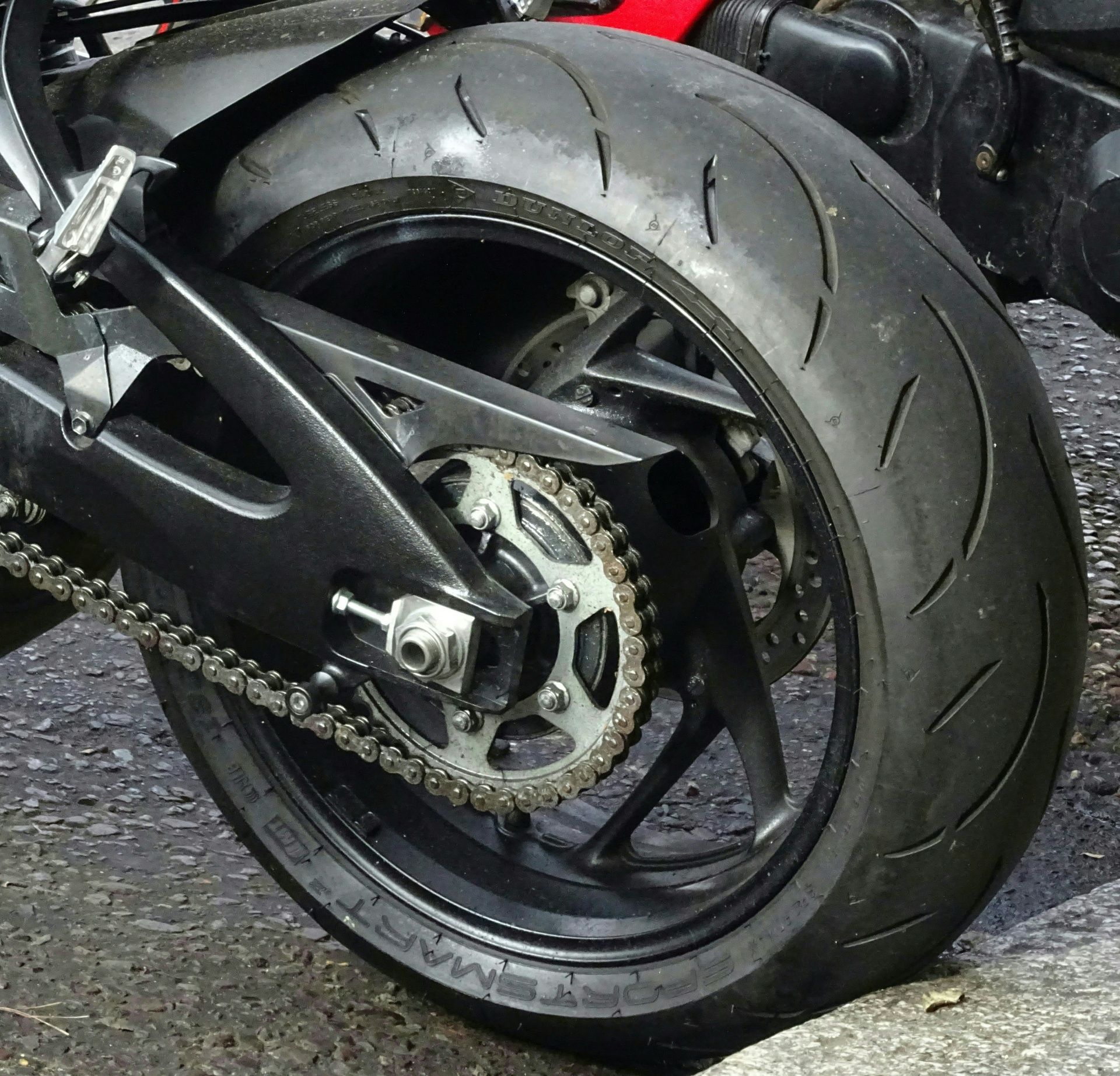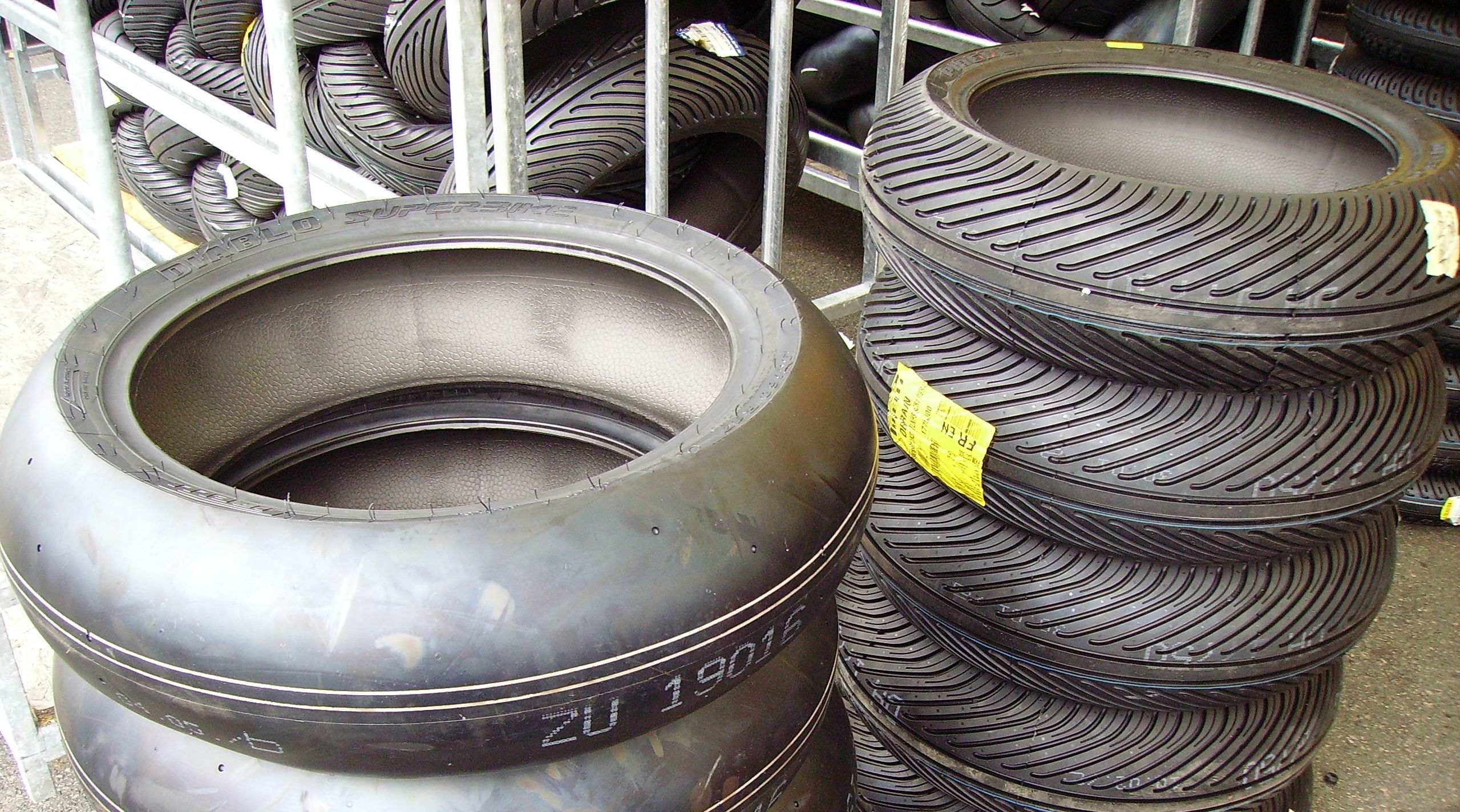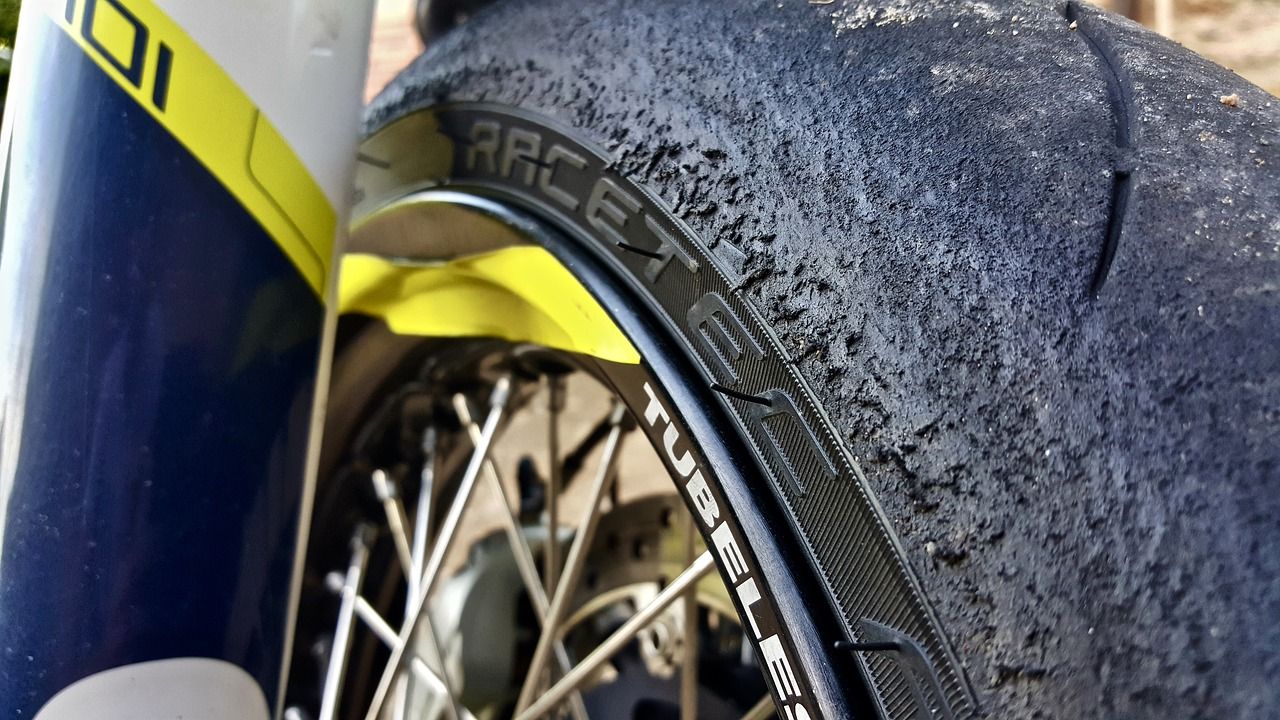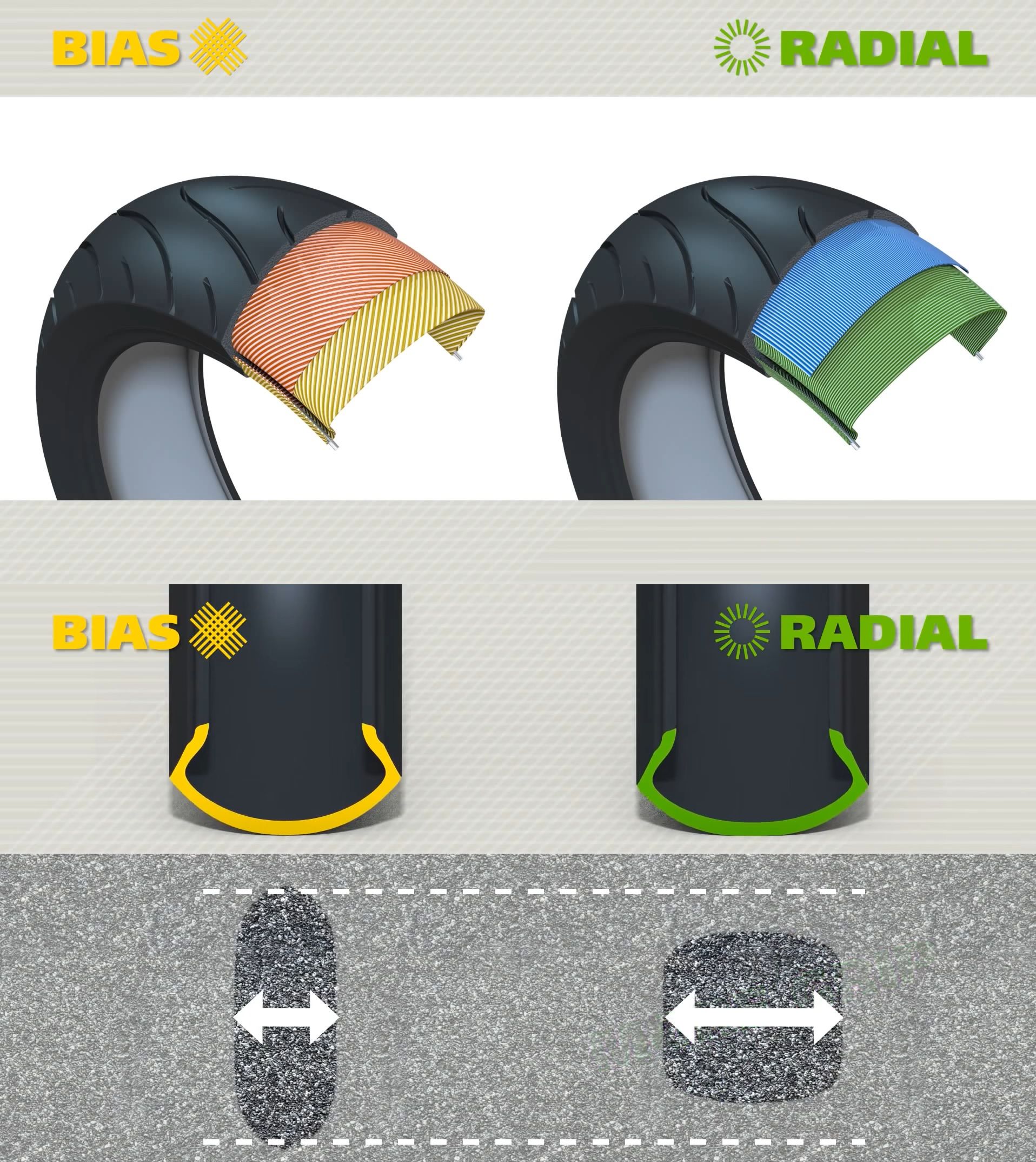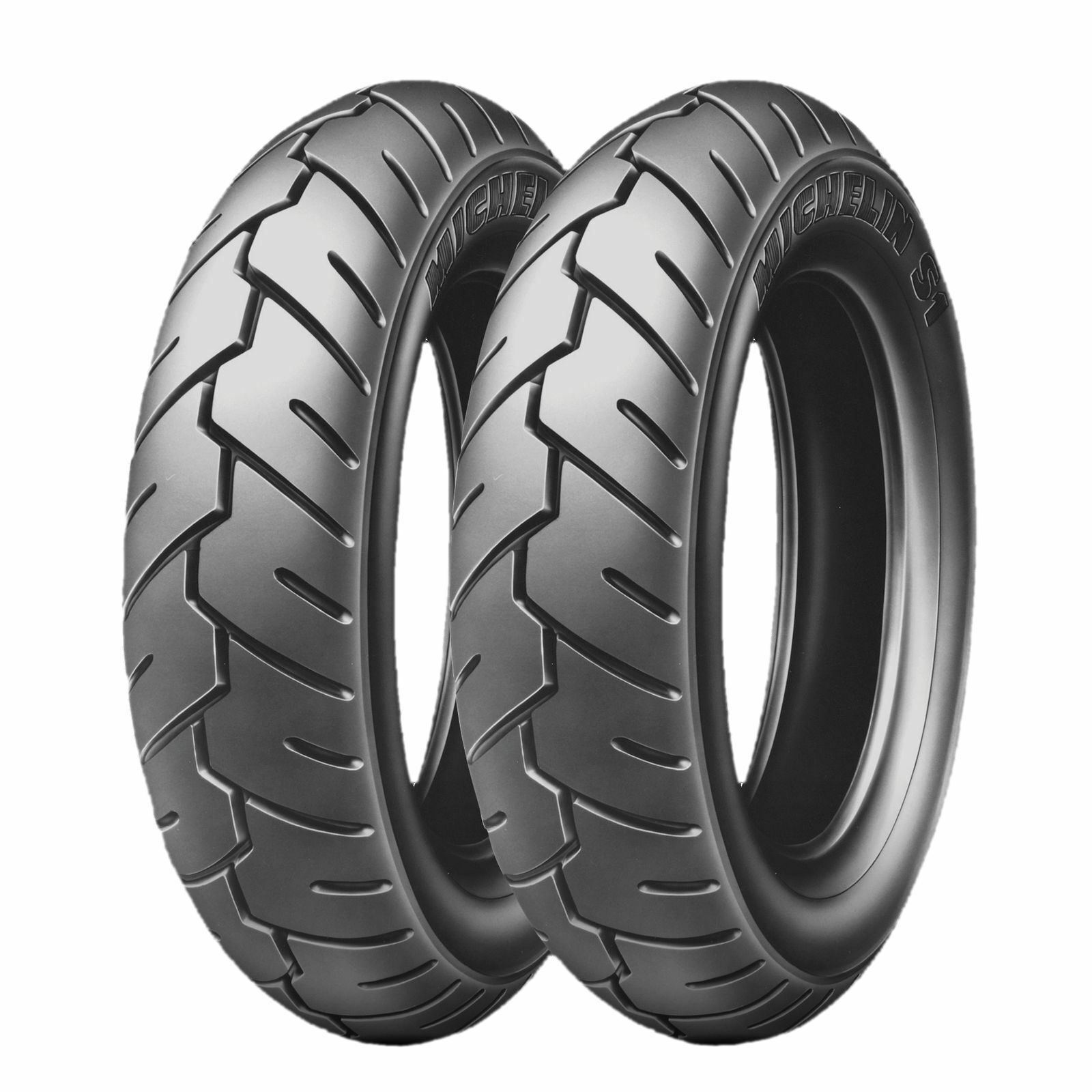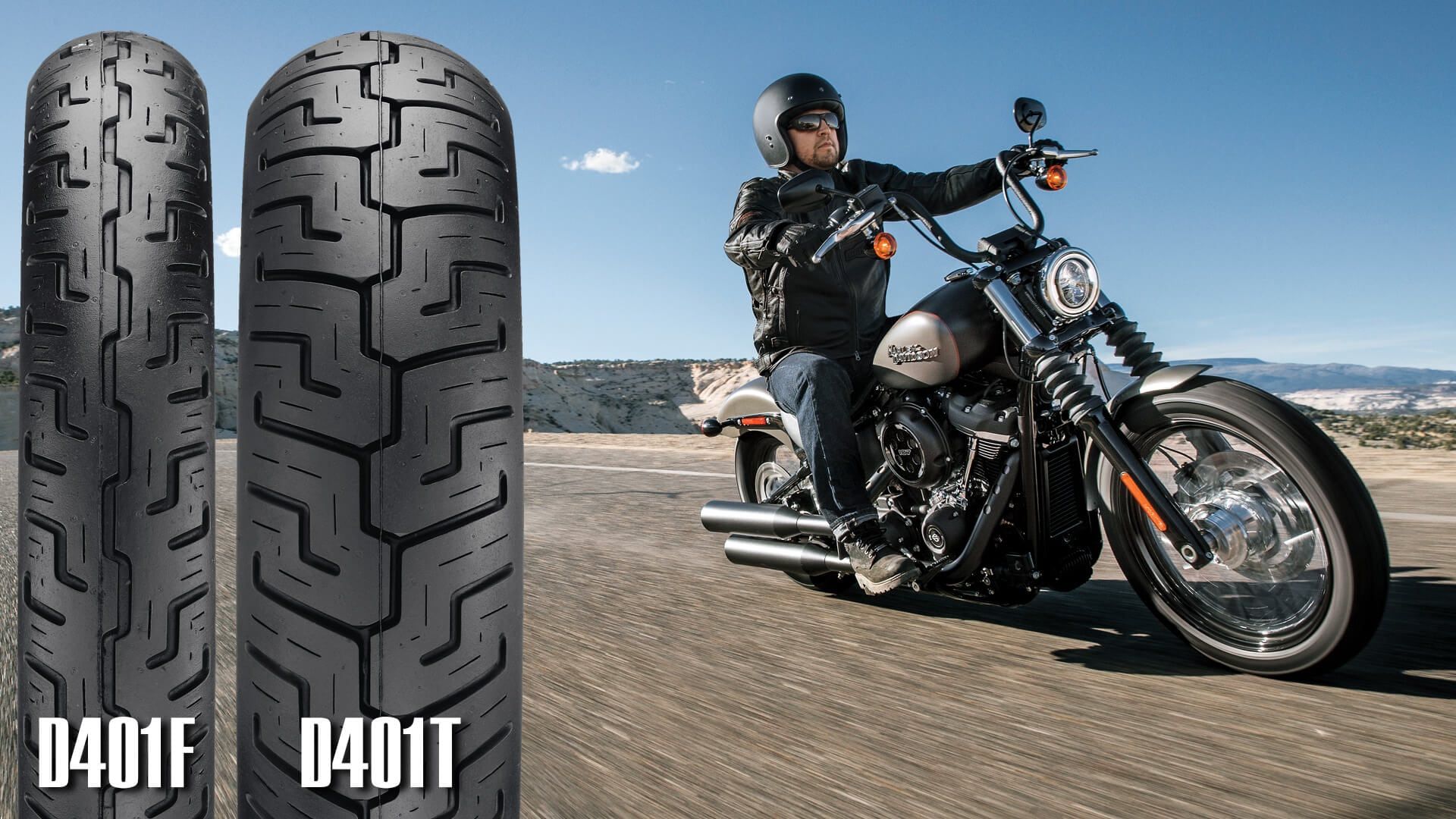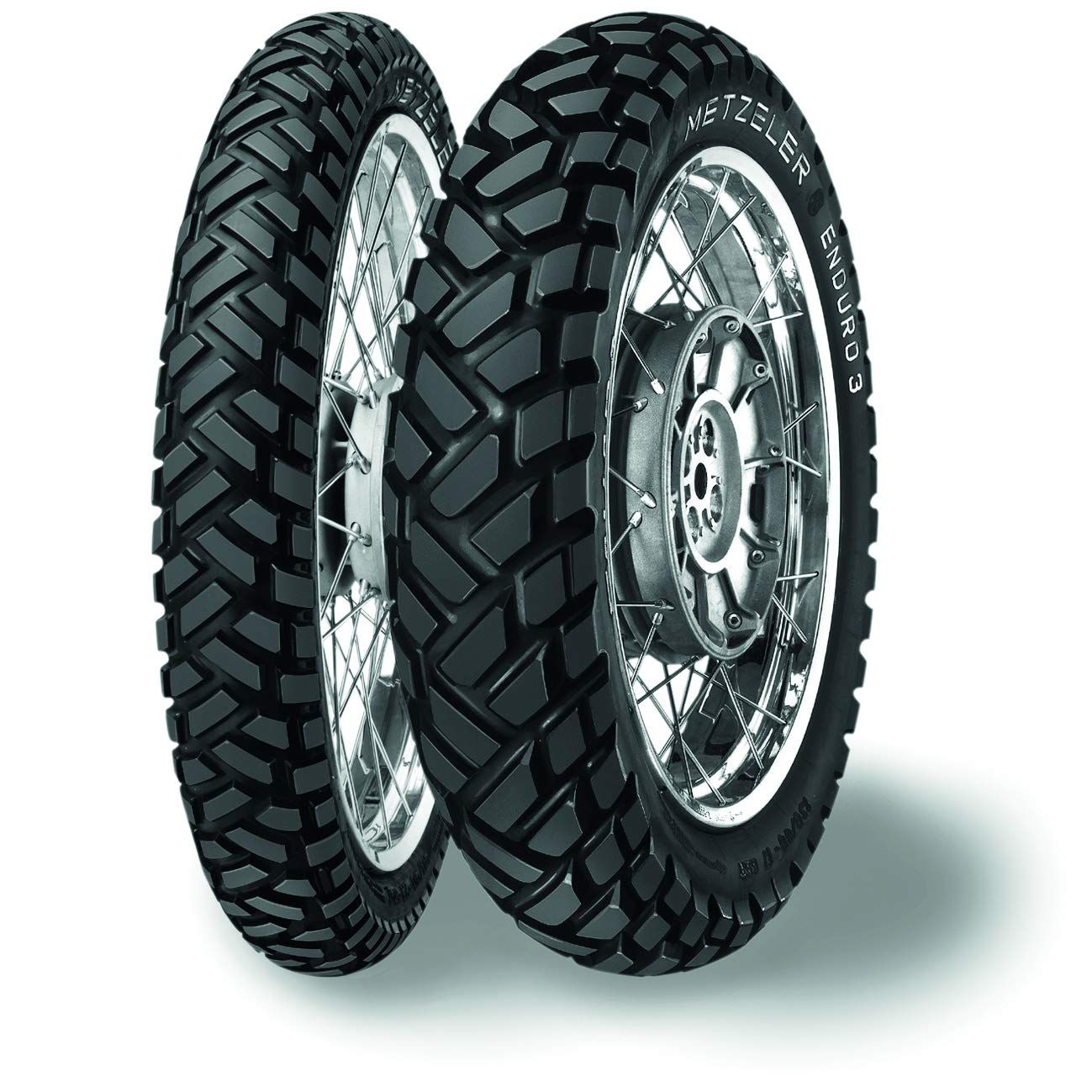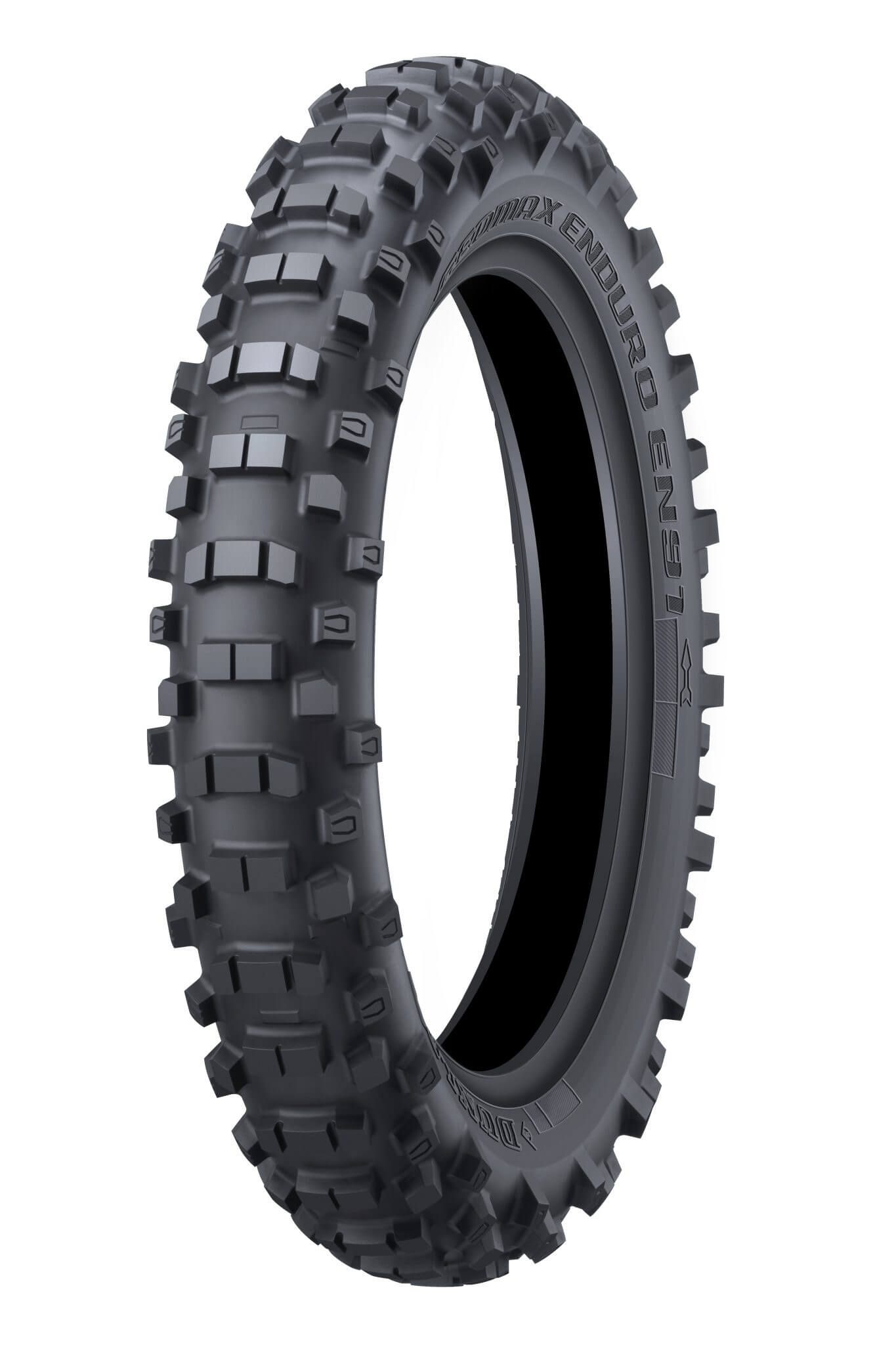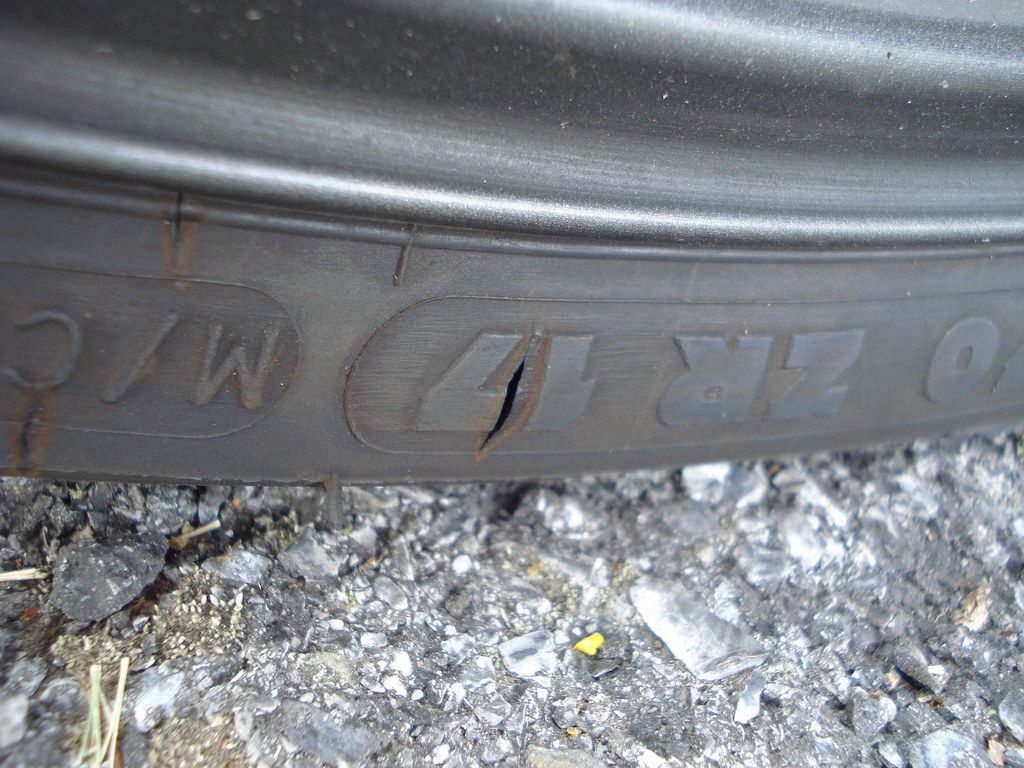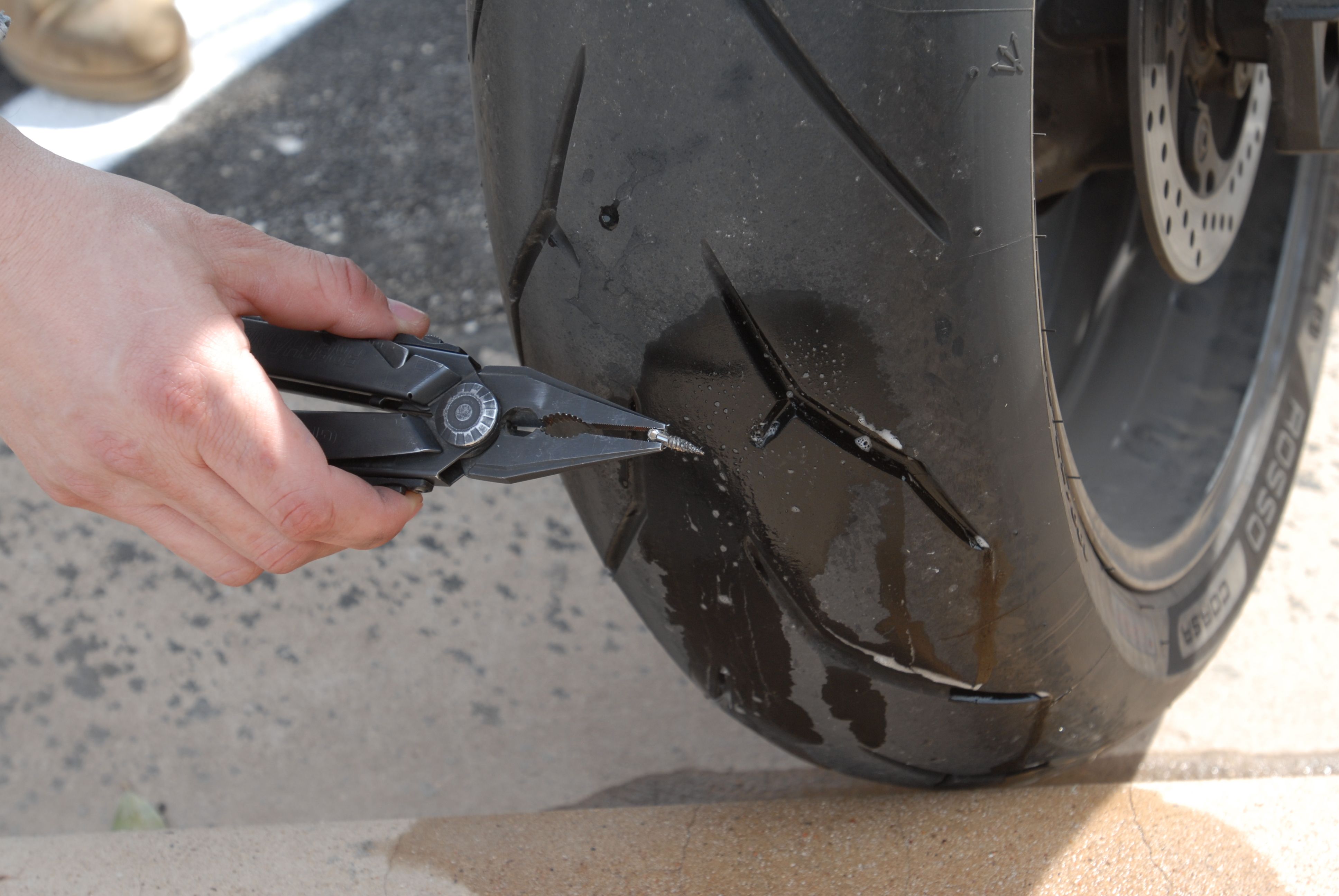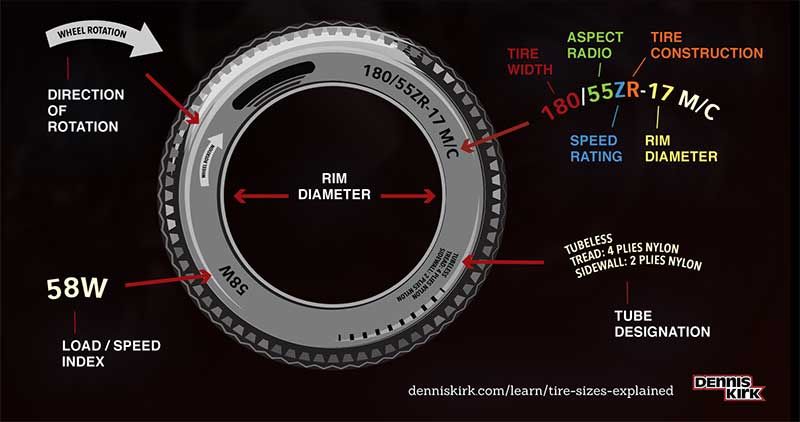Rubber meeting the road. This is what makes it all possible for us to twist that throttle and munch miles while the sense of freedom takes us on. Not getting into much of that fluff now, but there will come a point where you will need to get those tires changed onto some fresh ones before it could get a wee bit dangerous or is completely unusable. Most tires last anywhere between 5,000 miles to 15,000 miles. What next?
And that is where we scratched our brains today to bring you answers for questions like "When should we be replacing the tires and with which ones?" Read on, and you could thank us later.
1. Why must you invest in a good tire?
1a. Ride quality:
To extract maximum satisfaction from the motorcycle, the manufacturer would be expected to give you the best possible ride quality. Apart from the suspension setup and engine refinement, their best bet is to equip the motorcycle with the most suitable tires for a smooth, comfortable ride, and yet give the rider a confident frame of mind on the road or off it.
1b. Taking on different terrains:
While on the road, you’ll never know what adventures lurk around the next corner. Be it on asphalt or not, amongst concrete jungles or the mountains, sun or rain, every rider will experience contrasting terrains all along. It could range from a smooth tar to slippery sand, loose rocks, or sometimes even small boulders. The tires must give you the confidence to tread on all of these surfaces and take you across to your destination safely.
1c. Ability to handle speeds:
Slow or fast, the tires determine what your motorcycle can do. Every type of tires has different speed ratings, and it is essential to have the right one for your genre of riding style. A fast rated tire might do poorly on loose or slippery terrain, and a slow rated tire would not cope with the stress at those high speeds, which could potentially be life-threatening.
1d. But mostly, it is all about Safety:
Speaking of life-threatening, this was the first reason I was told motorcycles are “death traps.” (Thank god, I grew over that pretty quickly.) Well, Safety must and always should be everyone’s top priority. Sticking your ride with a wrong set of rubber will hamper all of the above requisites and would potentially cause untoward incidents. Apart from a good set of high-quality tires, ALWAYS WEAR A HELMET. I cannot ever stress enough on this.
2. What are the different tire constructions?
2a. Bias-Ply:
As the name suggests, these tires are made by stacking strips of rubber on each other, laid on a bias (diagonal) from bead to bead. Manufacturers make these tires carry a rating of strength at two-ply, four-ply, six-ply, and so on. Fortunately, for us, modern material and manufacturing techniques have made it possible to create stronger tires with a minimal number of ply.
Such tires are specially made for more massive machines like the tourers and baggers and have a stiff sidewall for the same purpose. These stiff sidewalls also prevent the tires from washing out while these haulers get onto some twisty corners at speeds. Due to this very quality, manufacturers prefer to equip them on spoked tires with a tube. Even a range of off-roading machines come fitted with Bias-Ply stuff.
The only major downside to this type of construction would be of them being bad for dissipating heat very well. Hence, these tires do not make their way onto machines that can reach high speeds, and also, the stiff sidewalls do not flex well in high-speed corners, hampering the quality. For such, there are Radials.
2b. Radials:
Radials have a similar construction to the Bias-Ply, but the plies are laid down perpendicular (90 degrees) from bead to bead. They create a wrapping effect running to the direction of the treads, and nowadays, all manufacture strengthen this construction further by running belts of steel across to stabilize the tire and reduce wear further.
Some even use Kevlar for re-enforcements, to keep the sidewalls less stiff and more flexible, since faster machines also need to corner pretty quickly. These do absorb bumps pretty well and provide a smoother ride by acting as a "spring." They can even dissipate heat better than the Bias-Ply ones’, as the weight of the motorcycle is distributed more evenly on the wider contact patch.
Radials are usually tubeless and can withstand punctures for a longer duration because they deflate slowly. Also, they get fixed more tightly to the rim as compared to tube tires and therefore are much safer when you are whizzing down the road.
Here too, there is one significant downside to the side walls being thinner. These tires are more susceptible to punctures, which is dangerous at high speeds.
2c. Bias-Ply with Radial
Bringing together the best of both worlds, you could choose to get your ride set up with one bias-ply tire and one radial tire. Such in Choppers, where the front remains a tall, thin tire, and the rear comes with a wide one, making sure the bias-ply tire is always on the front.
3. What types of motorcycle tires are available?
3a. Sports Tires:
Rated for high speeds and fast cornering, these tires provide the most grip of them, all while maintaining a good balance between performance and mileage. They are generally made of softer compounds so that they can stick to the tarmac better, and come with flat tread type and the aggressive type. Most often, these are Radials.
The flat types are specifically meant for the track and are engineered to have maximum contact patch for the best available traction. The tread on these is minimal, usually triangular in design for extreme lean capabilities, and is commonly referred to as racing slicks. For the streets, however, the treads are more aggressive and can run on multiple terrains and in varying riding conditions.
3b. Touring / Cruising tires:
Usually Bias-Ply ones, these tires are built for stability. Giving the heavy haulers a smoother and steadier ride, these tires tend to survive high mileage, and so, they are often constructed with harder rubber compounds. The tread patterns are made to give the ride the best possible grip in a wide variety of conditions, including, in the rains, with their rain sipes to dissipate water away.
3c. ADV / Dual Sports:
For the adventurer in you, these tires can provide you with the best confidence to traverse the varied terrains you would pace through. These tires are made to deal with a wide range of possibilities with aggressive tread patterns to street-legal knobby tires to perform on both paved surfaces and off the road.
3d. Off-Road:
Designed for the dirt and mud, these tires are made to give you maximum attack on loose and soft surfaces live gravel, sand, and rocks. You’ll find the most aggressive knobby patterns on these to help you get the best traction across the sand and gravel.
4. What factors should be considered for replacing the tires of your motorcycle?
4a. Tread depth:
Every tire manufacturer embeds a safe depth level indicator on the tires (aka buttons). Periodically keep checking for if these buttons and the treads have aligned after prolonged wear. If the tread has worn past its safe level of depth, the tires could cause a host of issues, including lousy traction and hampering stability, sometimes, even a blowout. The least amount of acceptable tread left on your motorcycle tire is 1/32 of an inch or 1mm.
4b. Superficial damages:
Nothing in this world is perfect. So are tires. If not at the beginning, prolonged usage may give some low-quality tires with bumps, broken chords, uneven wear, missing lugs (on tires that have them), or any other imperfections. Such things hamper the performance and stability of your ride. Even if you have fixed more than a couple of punctures, it is advisable to change the tire to keep up with the integrity.
4c. Age:
Tires tend to deteriorate over a while due to the elements. This is true even if they have clocked just a few miles on them all their life. Check for any imperfections like cracks or burrs that may happen due to extreme temperatures or just the moisture in the air. Any tire more than ten years old, changing them is a sensible way to deal with this.
4d. Styling:
Manufacturers set up their vehicle's performance on multiple varying scenarios. But sometimes, it may not be the best suited for your preferred riding style. If you love going off-beat, and you own a street machine running on sports tires, you could always beef it up with ADV tires with better tread patterns to tame your desires. Creating your own identity is a natural thing, and tires could make the difference you were looking for.
You could also beef up your tires to make your machine look meaner, or as the millennials say, OG }}.
5. Which tire should you replace the old ones with? Things to look out for?
Try sticking on with the manufacturer’s recommended tire brand, size and/or patterns as they would usually be the best combination to the motorcycle’s capabilities. But if you feel you could do better, look out for these for your next set of rubber, and make sure you do not go overboard with the tire sizes.
5a. Tread pattern
5b. Tire Width and contact patch
5c. Speed Rating
5d. Tire Construction
5e. Rim Diameter
5f. Age of the tire from Date of Manufacturing
All of this information will be encrypted on the sidewall of the tire by the manufacturer. We’ll soon make another guide article for you on how to read them and understand your requisites.
6. How can you make tires last long and safe?
6a. Make sure tires are made of multiple compounds. A high wear compound in the center will help in accessing increased straight-line mileage, while a softer compound on the shoulders for more grip in the corners.
6b. Try to adhere to the manufacturer's recommended tire brand, size and/or patterns. They are usually spot-on to provide maximum traction and performance out of their machines.
6c. Be sure to maintain suggested tire pressure for even wear and to ensure maximum longevity to your tires. A difference of even a few psi could bring down the tire's life to about half.
6d. Respect the talent and abilities of your machine. Don’t take a Fireblade to the canyons or a Road Glide to the beaches.
6e. Try changing your riding style from aggressive to a more modest and dynamic approach with lesser of those fast accelerations and harsh braking.
6f. Although it may look cool for the cameras, burn-outs are a complete NO. Don’t do that. (Unless you are done with the old tires and are to change with fresh ones’. Still, don't do that.)
6g. Running on rough terrains can cause the tires to go flat sooner. Try avoiding routes that have a majority of uneven surfaces.
6h. Buy tires from trusted manufacturers even though they could be expensive. They would have put their products through stringent R&D and would be well tested. It is a worthy price to pay for your safety.
6i. Make sure the Date of Manufacturing is as recent as possible to extract the maximum out of it. If possible, replace the tube at every tire change.
6j. Buy tires made with qualities like Puncture protection and high TPI (threads per inch) — higher the TPI, the better the grade of fabric, and a denser weave pattern.
6k. Do ample research on the type of tire that would best fit your requirements.
Well, lucky for you, we just gave you the best start.
Happy Riding.
7. Here’s a video to guide you through changing a tire all by yourself:

